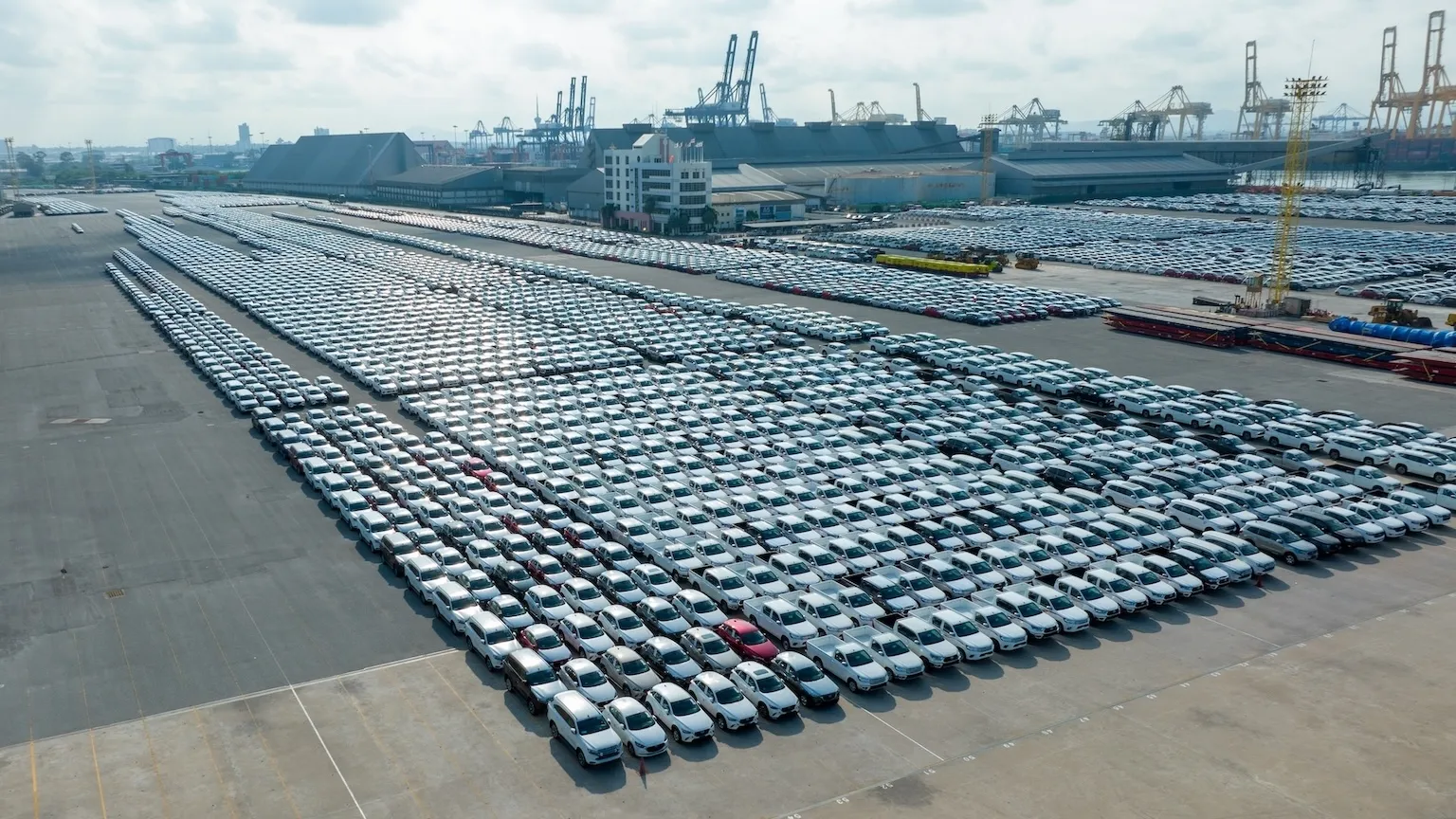Are EVs Better For Floods Than Petrol Cars? Here Are All The Details

Electric vehicles (EVs) are revolutionising the automotive landscape, but how do they handle the unexpected – like a flood? While internal combustion engine (ICE) vehicles have their own set of flood-related risks, understanding how EVs fare in these situations is crucial for informed ownership.
 AI Quick Summary
AI Quick Summary
Electric vehicles (EVs) offer some potential advantages in flood situations, such as sealed drivetrains for water resistance and safety shutdowns, which could theoretically simplify repairs. However, floodwaters can still breach components, posing severe electrical hazards and leading to very costly repairs due to complex, expensive parts. Therefore, it's crucial to prioritize safety by never driving an EV through floodwaters and seeking qualified professional assistance for any flood-damaged vehicle.
This summary was generated by AI using this article’s content.Read Next
Potential Advantages For EVs During Floods
Simpler Design, Easier Repairs:
EVs have a streamlined design with fewer moving parts compared to their gasoline-powered counterparts. In theory, this translates to slightly easier repairs following flood damage, assuming the core electrical components remain unharmed. However, the complexity of electric drivetrains means specialised technicians may still be required.
Sealed Drivetrain For Water Resistance:
The electric motor and battery pack in an EV are typically encased in sealed units designed to resist water intrusion. While not entirely waterproof, this sealed design offers some degree of protection against floodwaters, potentially minimising water damage to these crucial components.
Safety Shutdowns:
EV electrical systems are equipped with safeguards that automatically shut down in case of a short circuit. This safety feature can potentially prevent further damage to electrical components during a flood by stopping the flow of electricity.
Important Considerations For EVs in Floods

Floodwaters Can Still Breach:
Don’t be fooled by the sealed design. Floodwaters can still manage to infiltrate an EV and damage electrical components. Driving through floodwaters is risky for any vehicle, regardless of its fuel source.
Electrical Hazards:
A flooded EV presents a significantly higher risk of electrical hazards. The combination of water and electricity can be deadly. Never attempt to operate, touch, or move a submerged or flood-damaged EV. Always prioritise safety and wait for help from a qualified professional.
Costly Repairs:
While there might be fewer moving parts, the complex electrical components in EVs can be expensive to repair after flood damage. The high cost of these components, coupled with the potential need for specialised technicians, can make repairs for flood-damaged EVs quite pricey.
Body-Related Repairs
Exposure to floodwaters can cause corrosion in both EVs and internal combustion engine (ICE) vehicles. This corrosion can affect various components, including electrical wiring, frames, and even brake systems.
Additional Pointers
- Never drive through floodwaters. If you encounter flooding, turn around and find an alternate route.
- Similar to ICE vehicles, some EVs have a specified wading depth, which is the maximum depth of water they can safely navigate. Consult your owner’s manual for this information.
- When dealing with flood damage, seek assistance from a qualified mechanic or service centre with expertise in electric vehicles. Here is a detailed guide answering if you should buy a flood-damaged car.
Professional Vehicle Inspection
Despite completing these checks, you might still be unsure of the car. We recommend getting a professional inspection of the car done. Get a complete inspection of your vehicle from DubiCars. Our partner AutoHub evaluates the car with over 240 checkpoints and provides a comprehensive report on the condition of the car.
While EVs might offer some potential advantages in terms of repairability due to fewer moving parts, they are not invincible in floods. Always prioritise safety and avoid driving through floodwaters.
Find used cars for sale in the UAE and new cars for sale in the UAE.
Subscribe to DubiCars’ WhatsApp Channel for the latest automotive news, guides, polls, and informative infographics.
Also Read:
- Top 10 Best SUVs Resistant To Flooding
- Abandoned Cars In The UAE: Top Things To Know
- Guide To Automotive Terms — Car Segments











